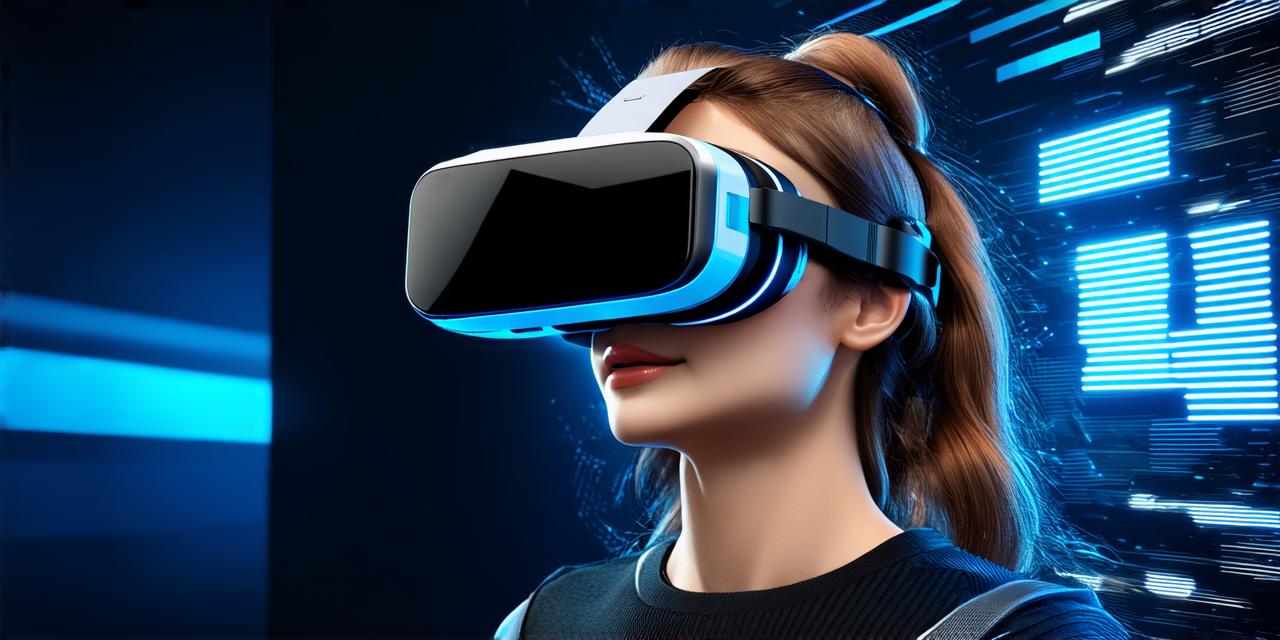Augmented reality (AR) is a technology that enhances the real world with digital information and objects. It has been gaining popularity in recent years, particularly in industries such as gaming, education, and healthcare. AR applications can provide users with immersive experiences that allow them to interact with virtual objects in the real world.
One of the most popular AR applications is Pokémon Go, which was released in 2016 by Niantic. The game uses a smartphone’s camera to display virtual creatures called Pokémon on top of the real world, allowing players to catch and train them. Pokémon Go has been downloaded over 500 million times and has generated billions of dollars in revenue for Niantic.
Tools and Technologies Used in AR Development
-
Unity 3D: A game engine that can be used to create AR applications for mobile devices. It supports both iOS and Android platforms and has a large community of developers who contribute to its development.
-
ARKit: Apple’s framework for creating AR applications on iOS devices. It is compatible with the iPhone, iPad, and iPod touch and can be used to create interactive experiences that blend the real world with virtual objects.
-
Vuforia: A computer vision platform that can be used to track objects in the real world using a smartphone’s camera. It can recognize and track objects in images, videos, and live feeds and is compatible with iOS and Android devices.
-
ARToolKit (ARToolKit): An open-source framework for creating AR applications on iOS, macOS, and Windows platforms. It supports both 2D and 3D graphics and has a large community of developers who contribute to its development.
-
Magic Leap: A wearable device that allows users to view virtual objects in the real world. It can be used for gaming, education, and other applications and is compatible with Windows and iOS devices.
Steps Involved in Creating an AR Application
-
Conceptualization: The first step in creating an AR application is to come up with a concept or idea for the application. This can involve brainstorming sessions with stakeholders and identifying the target audience for the application.
-
Design: Once the concept has been developed, the next step is to design the user interface (UI) and user experience (UX) of the application. This involves creating wireframes and mockups of the UI, as well as designing the overall flow and interaction of the application.
-
Development: The development phase involves coding the application using one of the tools and technologies mentioned above. This can involve integrating computer vision algorithms to track objects in the real world, creating 3D models of virtual objects, and optimizing the performance of the application for mobile devices.
-
Testing: Once the application has been developed, it is important to test it thoroughly to ensure that it works as intended. This can involve testing on different devices and operating systems, as well as conducting user testing to gather feedback and identify areas for improvement.
-
Deployment: The final step in creating an AR application is to deploy it on the appropriate platform or device. This can involve submitting the application to the App Store or Google Play Store, as well as configuring the application for different devices and operating systems.

Case Studies in AR Development
There are many case studies of successful AR applications that have been developed using the tools and technologies mentioned above. Here are a few examples:
-
IKEA Place: IKEA Place is an AR application that allows users to visualize how furniture and home accessories would look in their own homes before making a purchase. The application uses ARKit and has been downloaded over 1 million times since its launch in 2017.
-
Pokémon Go: Pokémon Go, released in 2016 by Niantic, is one of the most popular AR applications. The game uses a smartphone’s camera to display virtual creatures called Pokémon on top of the real world, allowing players to catch and train them. Pokémon Go has been downloaded over 500 million times and has generated billions of dollars in revenue for Niantic.


